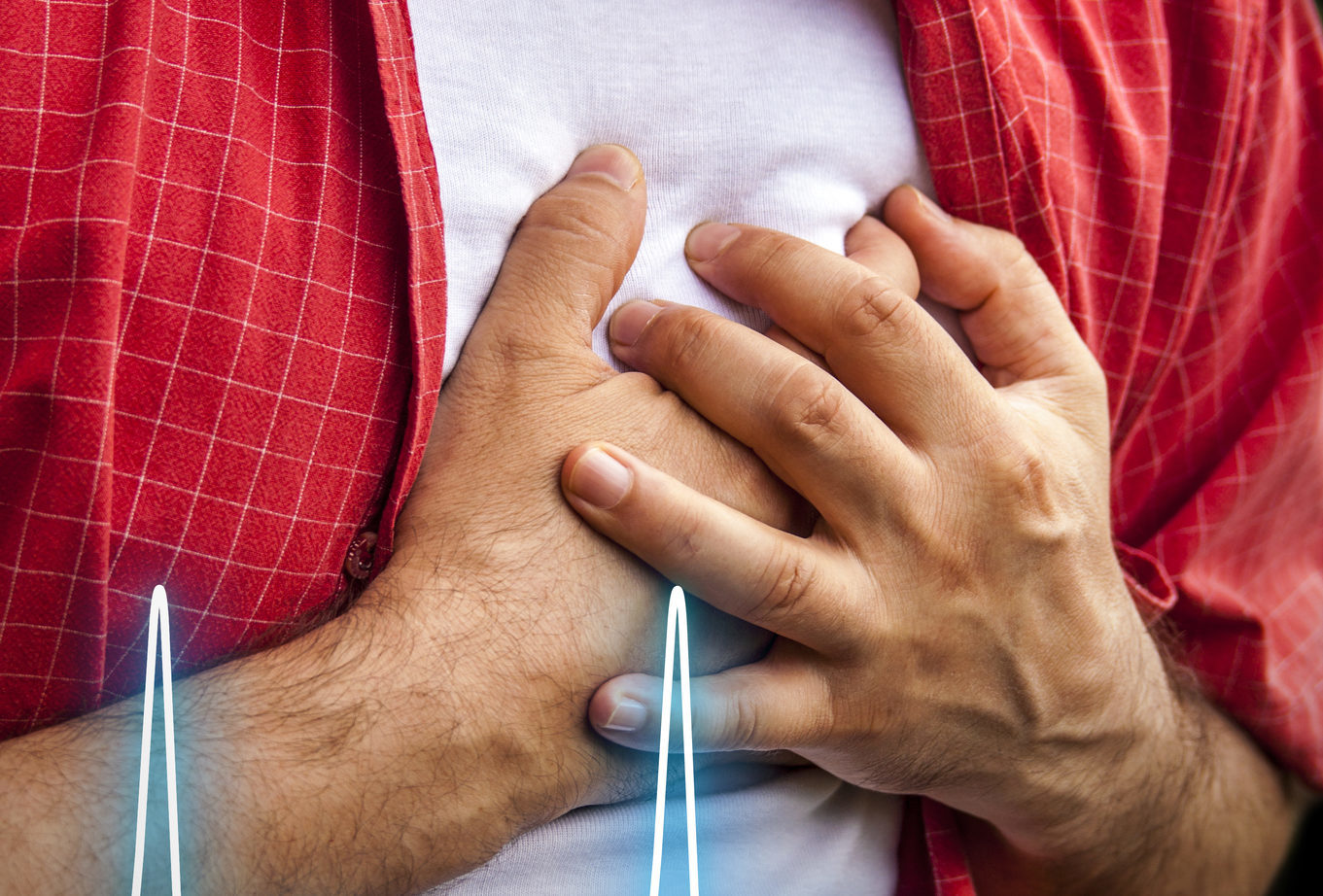
HEART attacks are more common during cold weather, with a study finding they increased “dramatically” when the temperature dropped below 15C (59F).
Researchers said people at high risk of a heart attack should be put on alert for symptoms such as chest pain and shortness of breath when the temperature drops, suggesting they get sent smartphone messages warning them to be extra vigilant.
Those likely to be at risk include people who have previously had a heart attack, the elderly, smokers, or those with diabetes, high blood pressure, or who are obese.
The study conducted in Taiwan is being presented at the Asian Pacific Society of Cardiology (APSC) Congress 2018 in Taipei and used the data of nearly one million patients.
The team looked at whether patients were more likely to have experienced certain climate factors before their heart attack than the participants who did not have a heart attack.
They found that lower temperature, temperature fluctuations, and stronger wind separately increased the risk of having a heart attack the following day.
When the lowest temperature of the day was between 15 and 20C (68F) the relative incidence of a heart attack occurring increased by 0.45% with each one degree of temperature drop.
When the lowest temperature of the day was below 15C, one degree of temperature drop was associated with a 1.6% increase in the relative incidence of heart attack in Taiwan.
Study author Dr Po-Jui Wu, a cardiologist at Kaohsiung Chang Gung Memorial Hospital, Kaohsiung City, Taiwan, said: “We found that the number of heart attacks (acute myocardial infarctions) fluctuated with the seasons, with more attacks occurring in winter compared to summer.
“Heart attacks increased dramatically when the temperature dropped below 15C.
“When the temperature drops, people at high risk of a heart attack should be put on alert for symptoms such as chest pain and shortness of breath.
“Heart attacks can cause people to die suddenly so it is essential to urgently seek medical assistance when symptoms occur.”
The study used the data of 40,524 heart attack patients from the Taiwan National Health Insurance Research Database (NHIRD) and 919,203 adults without a history of heart attack from the Longitudinal Health Insurance Database, alongside regional climate data from the Taiwan Central Weather Bureau.
Professor Ian Graham, prevention spokesman at the European Society of Cardiology (ESC), said: “Cold weather is an important environmental trigger for heart attack.
“Given that the risk is predictable, health authorities should allocate more resources for treating heart attack victims during cold weather.
“And people at risk of a heart attack should be more vigilant during cold weather and dial emergency at the first sign of symptoms.”

Enjoy the convenience of having The Sunday Post delivered as a digital ePaper straight to your smartphone, tablet or computer.
Subscribe for only £5.49 a month and enjoy all the benefits of the printed paper as a digital replica.
Subscribe